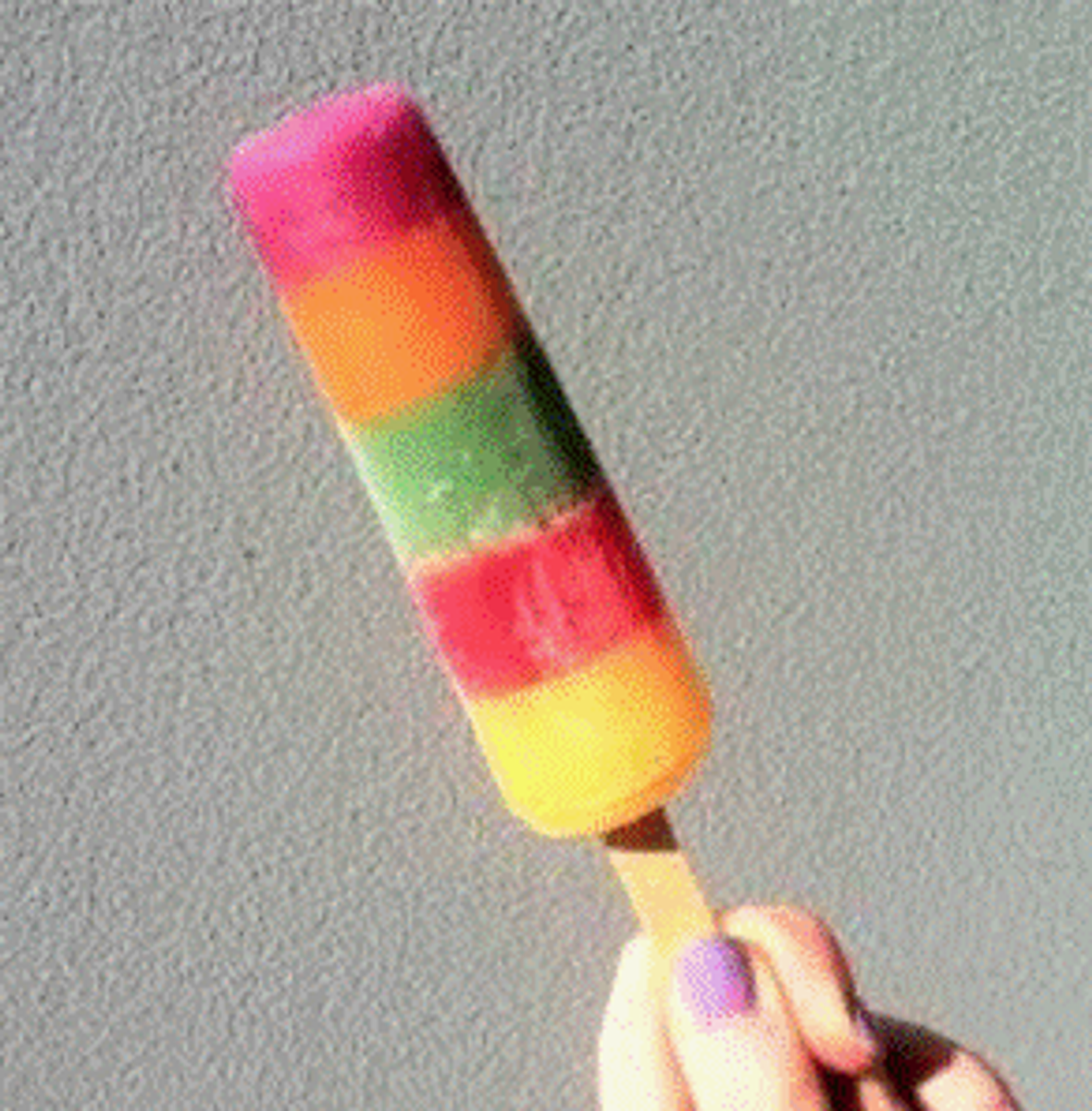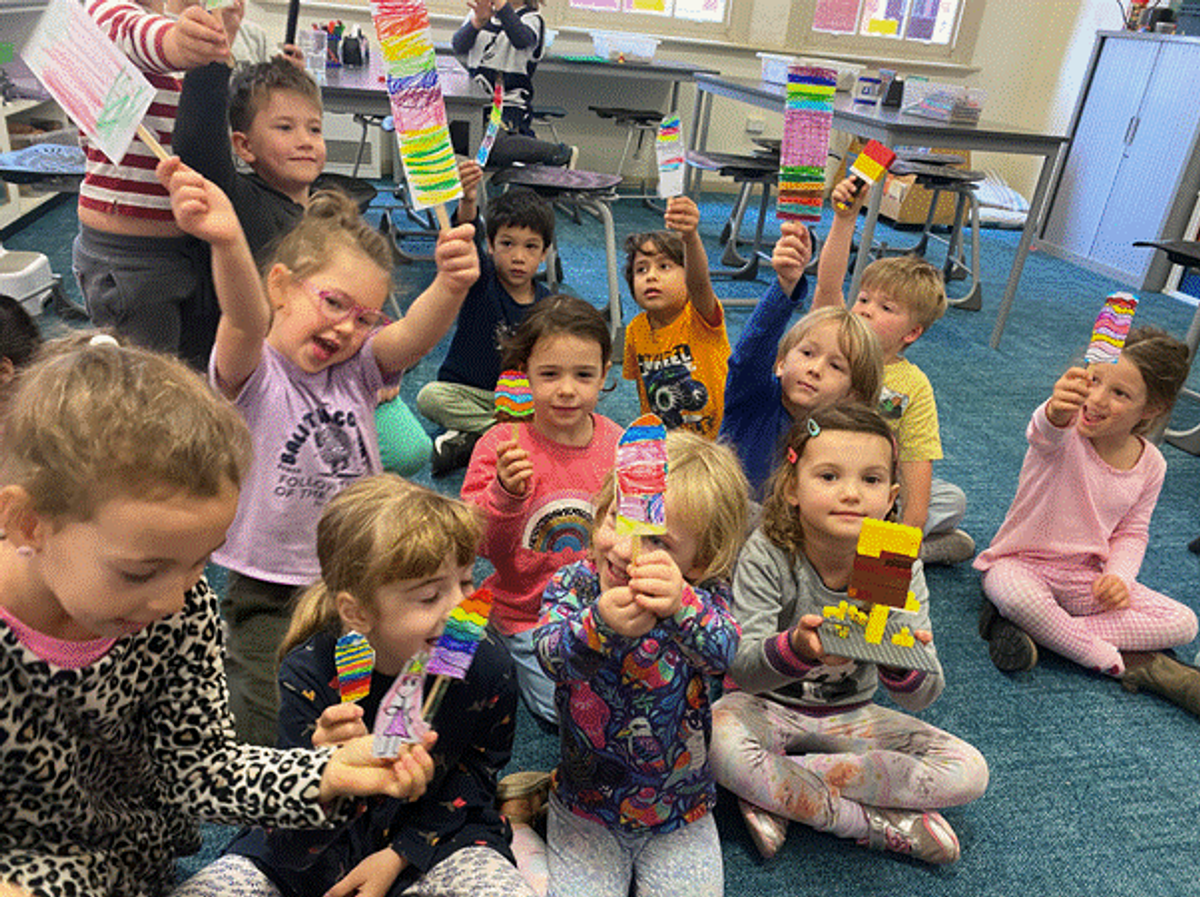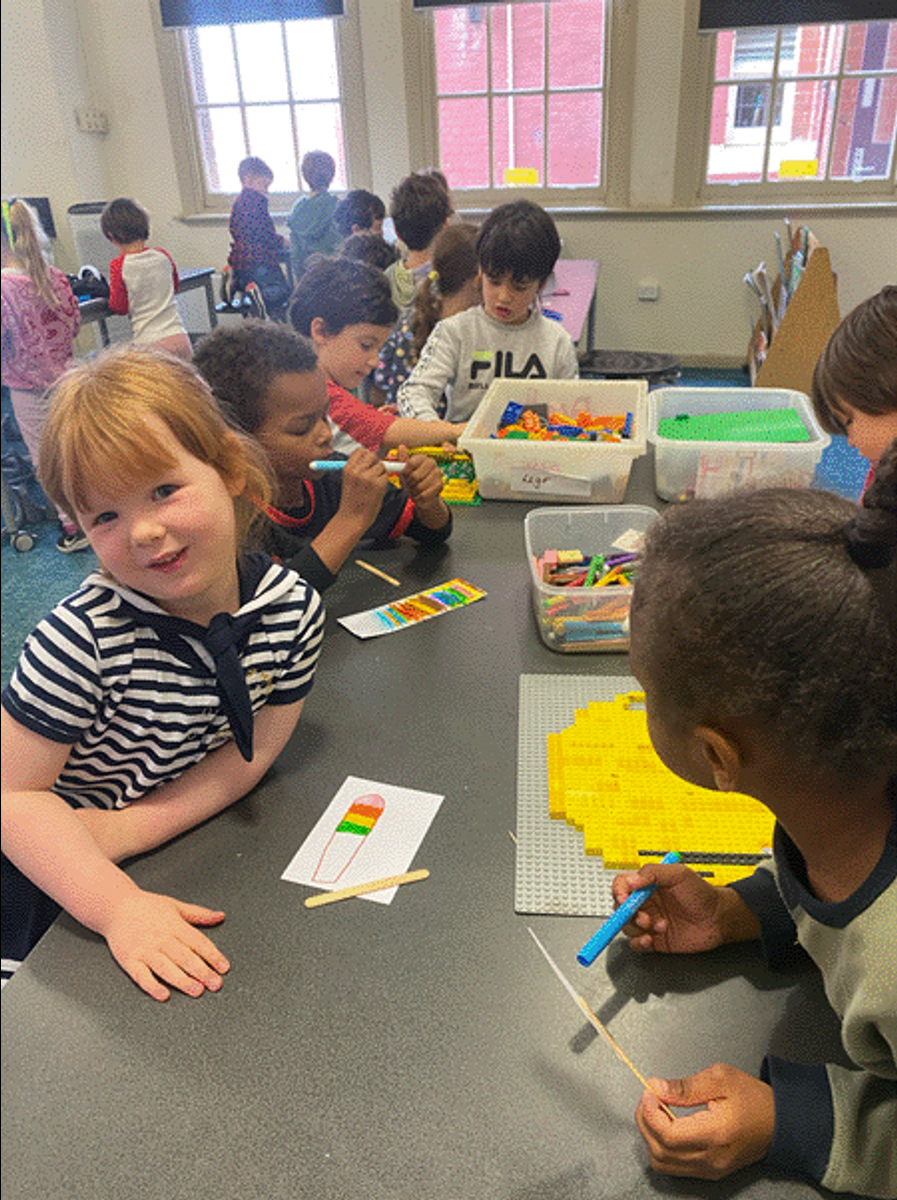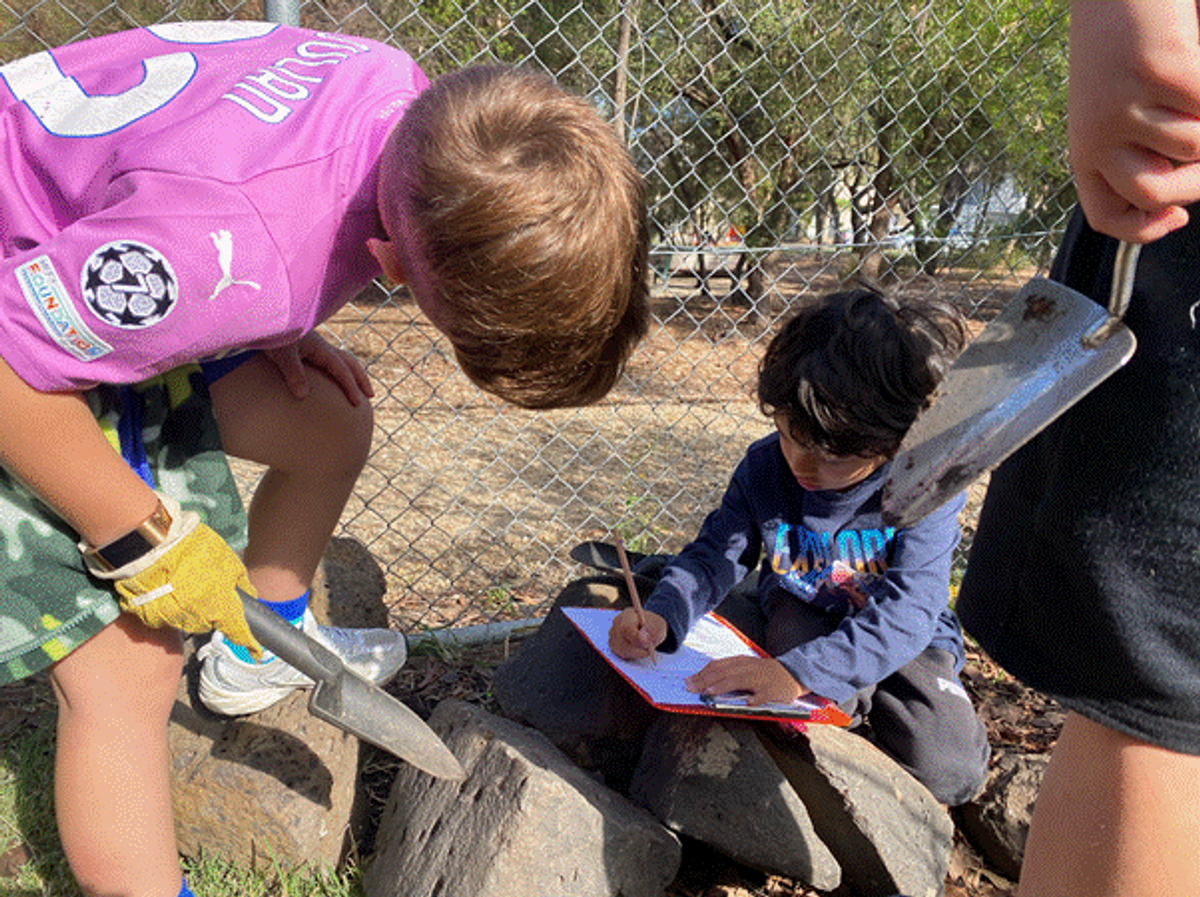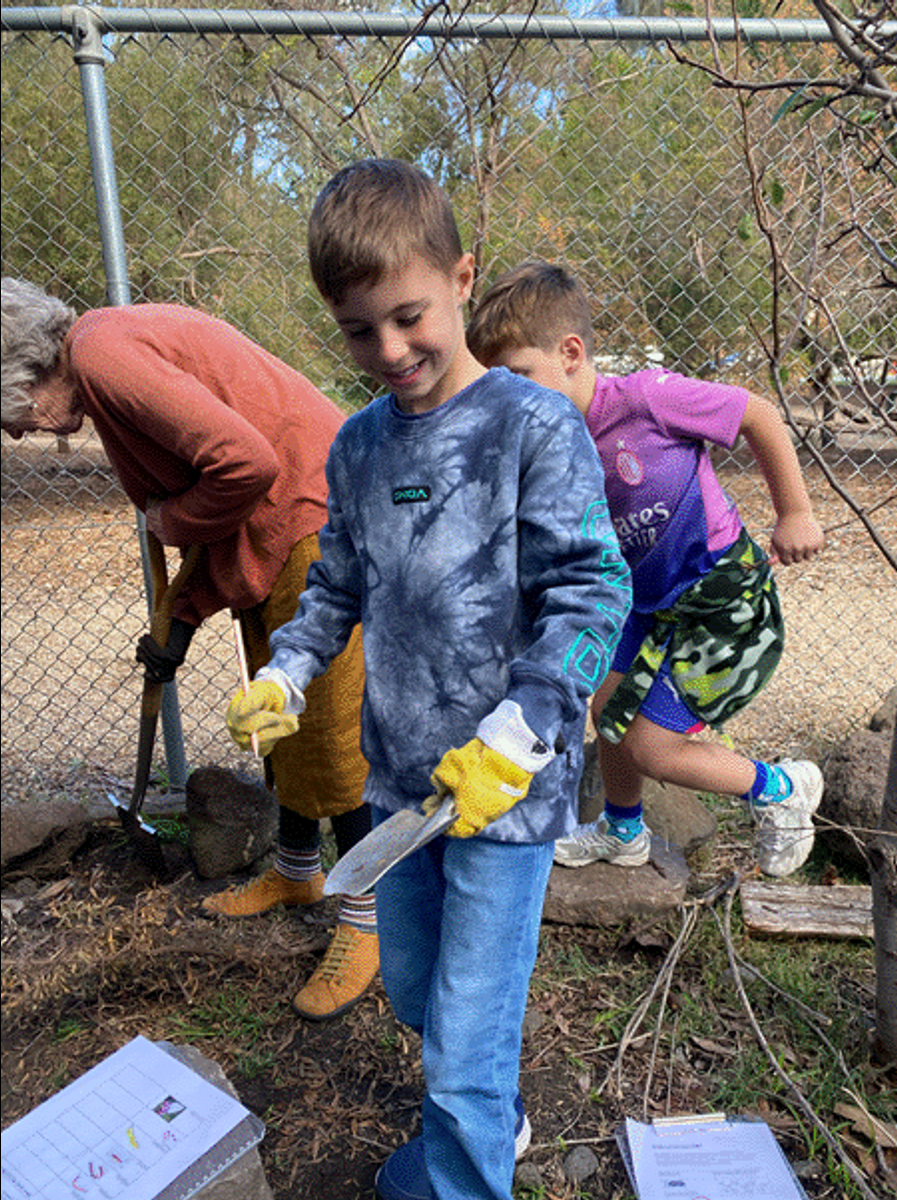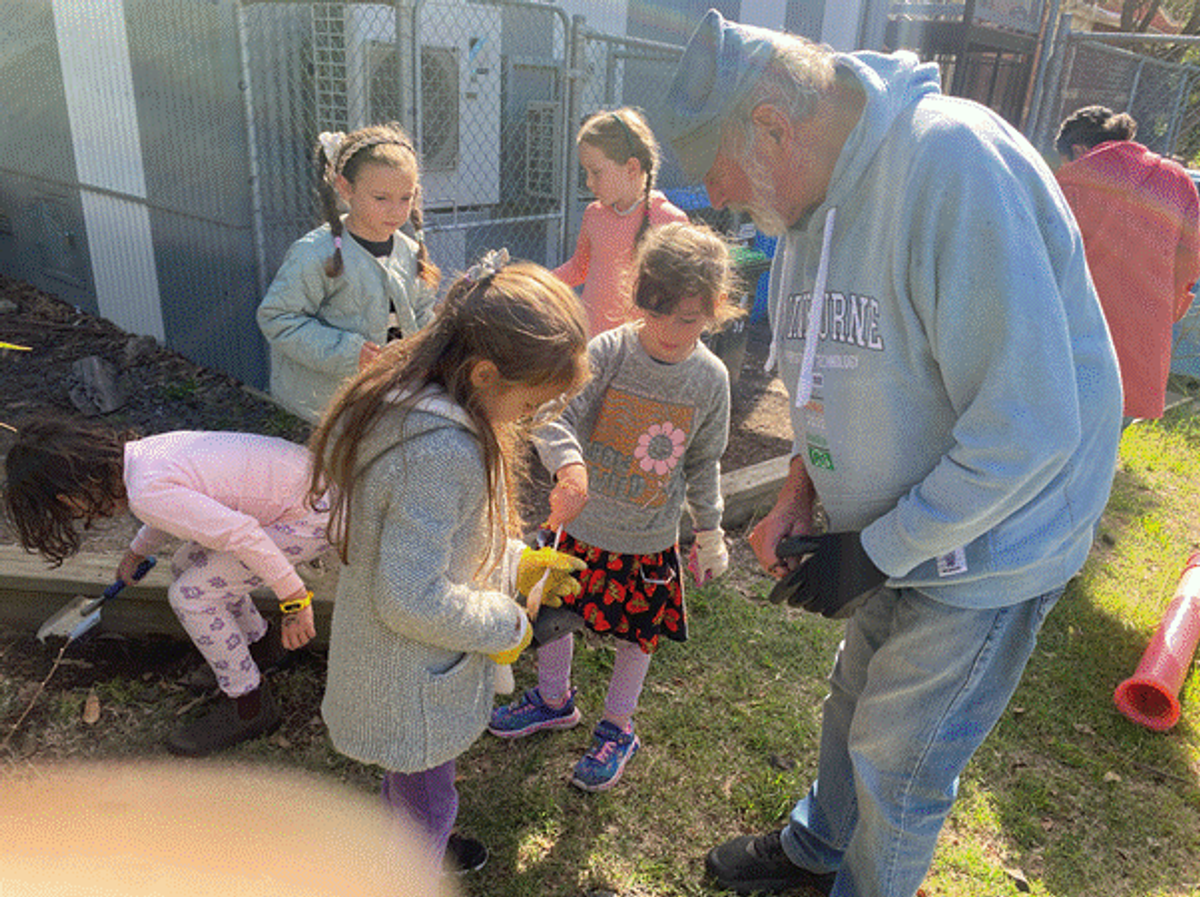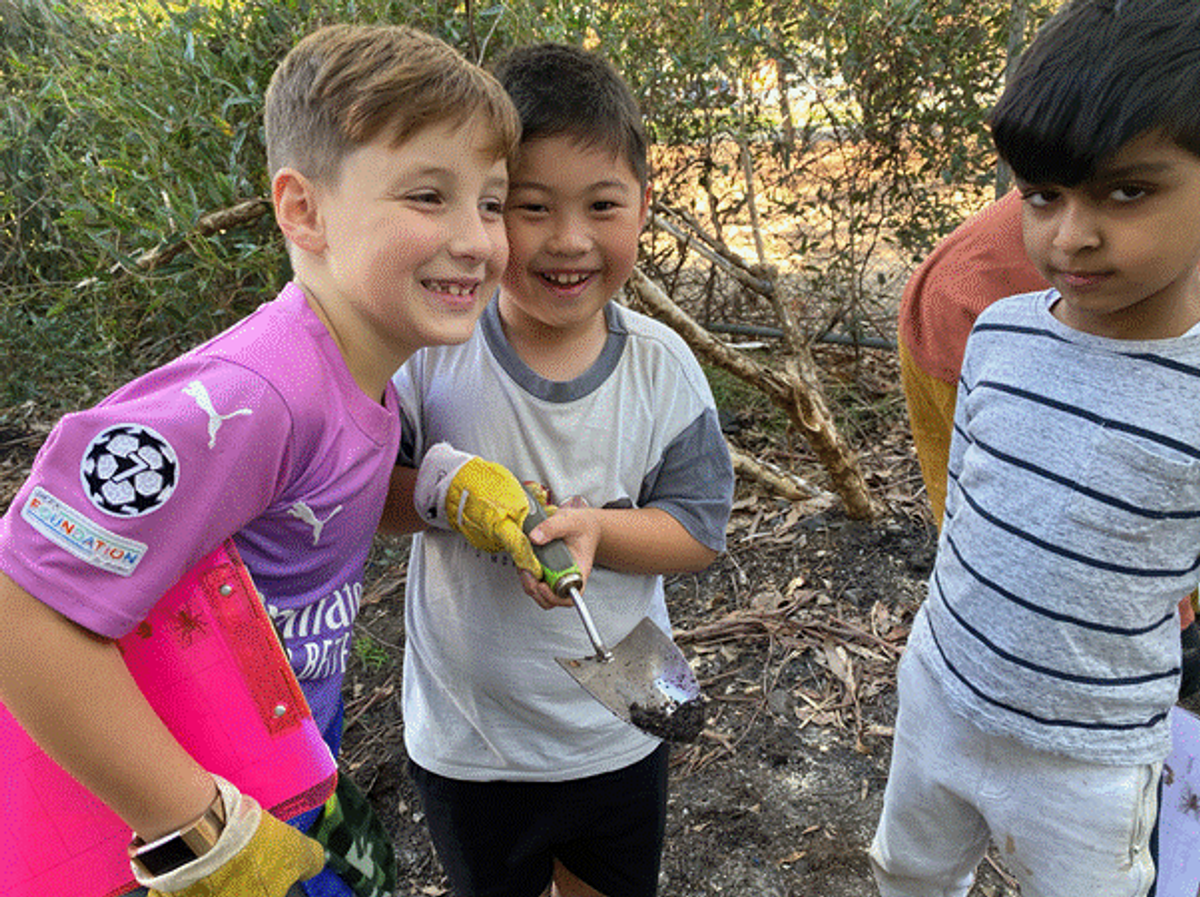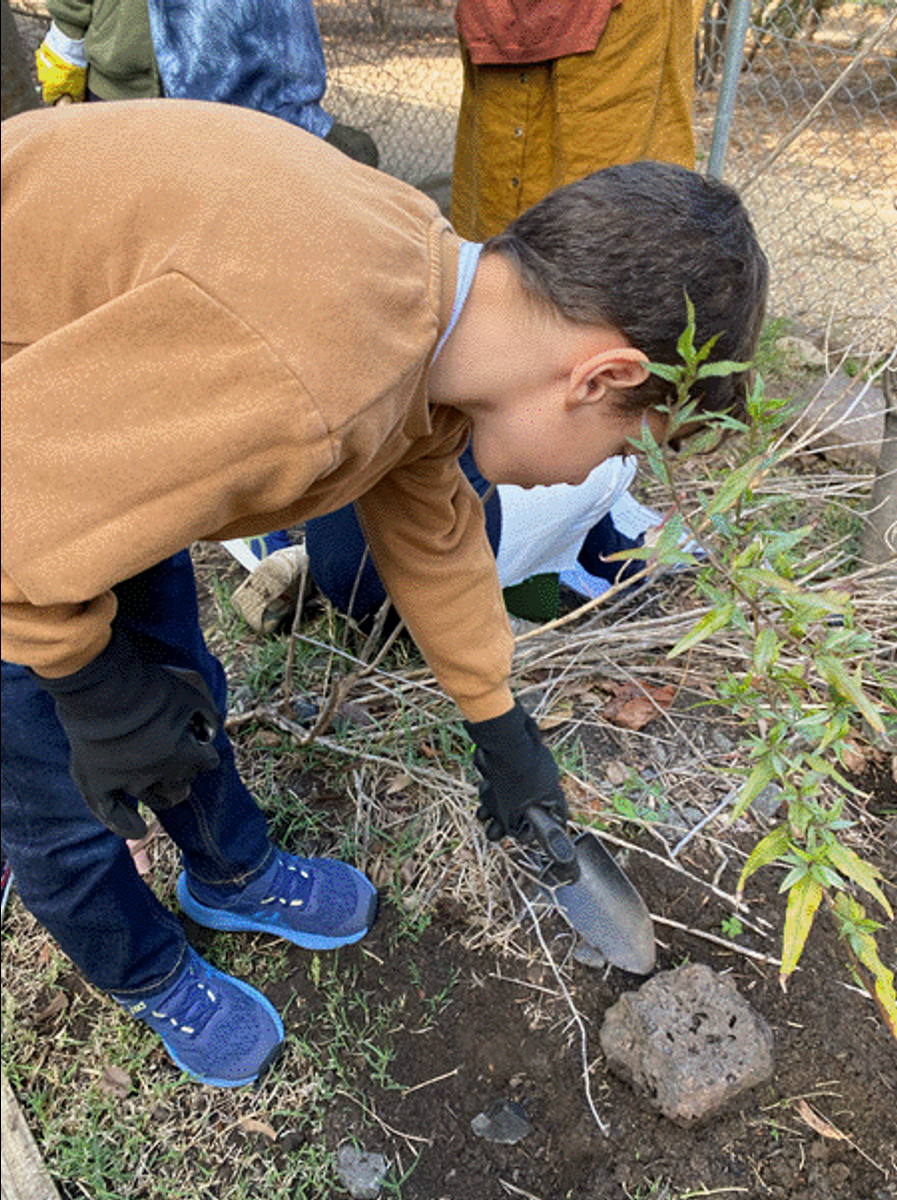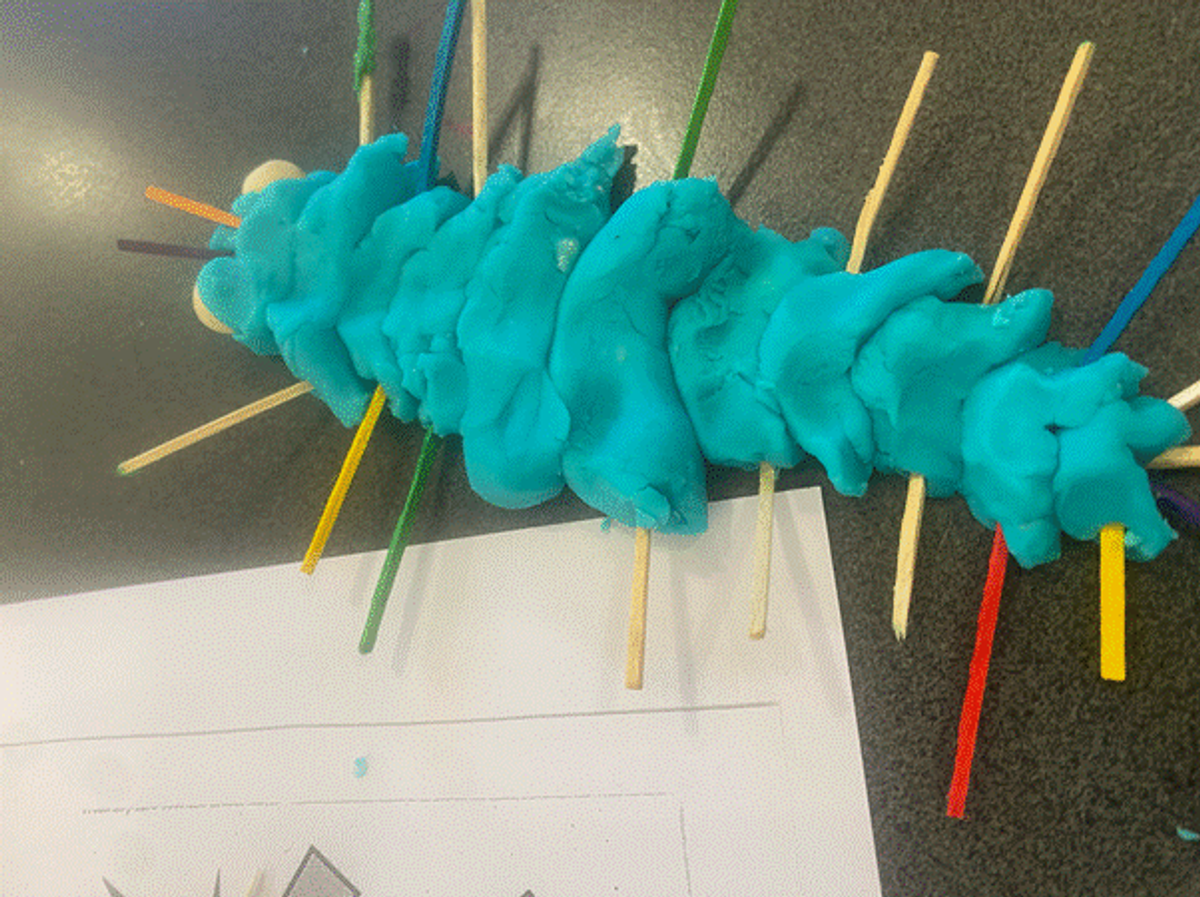STEM
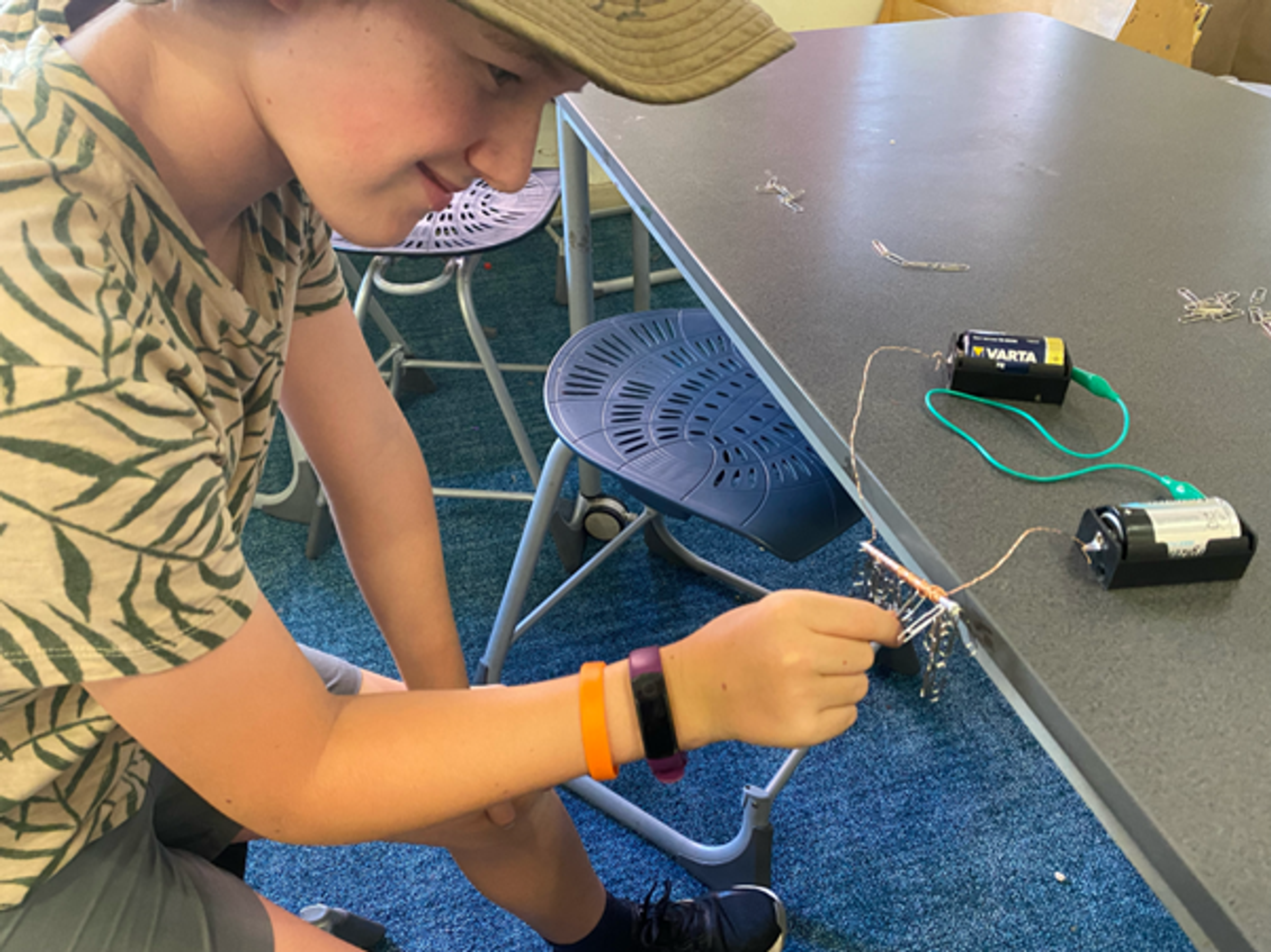
Foundation
This term, Foundation students are exploring the changes that occur to everyday materials when they are heated or cooled. They will learn about how heating or cooling a food can change its properties and about whether that change can be reversed or not.
We commenced our unit with ‘The Mystery of the Melted Icy Pole’. Students were presented with a melted icy pole in plain white packaging and asked to predict what they thought the icy pole looked like when it was solid. They made their predictions out of paper and felt-tip pens, and attached them to icy pole sticks (They looked delicious!).
It was pretty confusing as the liquid icy pole was brown, like cola flavour, but it did not smell like cola flavour! Luckily, some students remembered that you make brown by mixing lots of different colours. They made icy poles with lots of colourful stripes, while other students made icy poles with just two colours, like red and green.
When we unveiled the mystery icy pole, we were surprised to find that it was shaped like a cylinder. This was something we had not predicted when we looked at the icy pole’s rectangular-shaped packaging.
The mystery icy pole unveiled
The Year 1/2's are having an awesome time investigating minibeasts (small creatures without a vertebrate). We have been searching the schoolyard to see where different minibeasts live, and were thrilled to find large colonies of slaters (roly-poly bugs) and millipedes under some large rocks and logs.
This next week, we returned to the same rocks and logs, but the slaters had moved on. We are not sure if it is because we raided their homes and scared them away or if it is because of the temperature change (it became dry and warm again). We conducted an experiment to see if slaters and millipedes preferred wet, dry, wet and dark or dry and dark habitats. The minibeasts appeared to prefer the wet and dark microhabitats, but some of them also appeared to be going to the nearest possible habitat just so they could get away from us!!
Model of a slater
